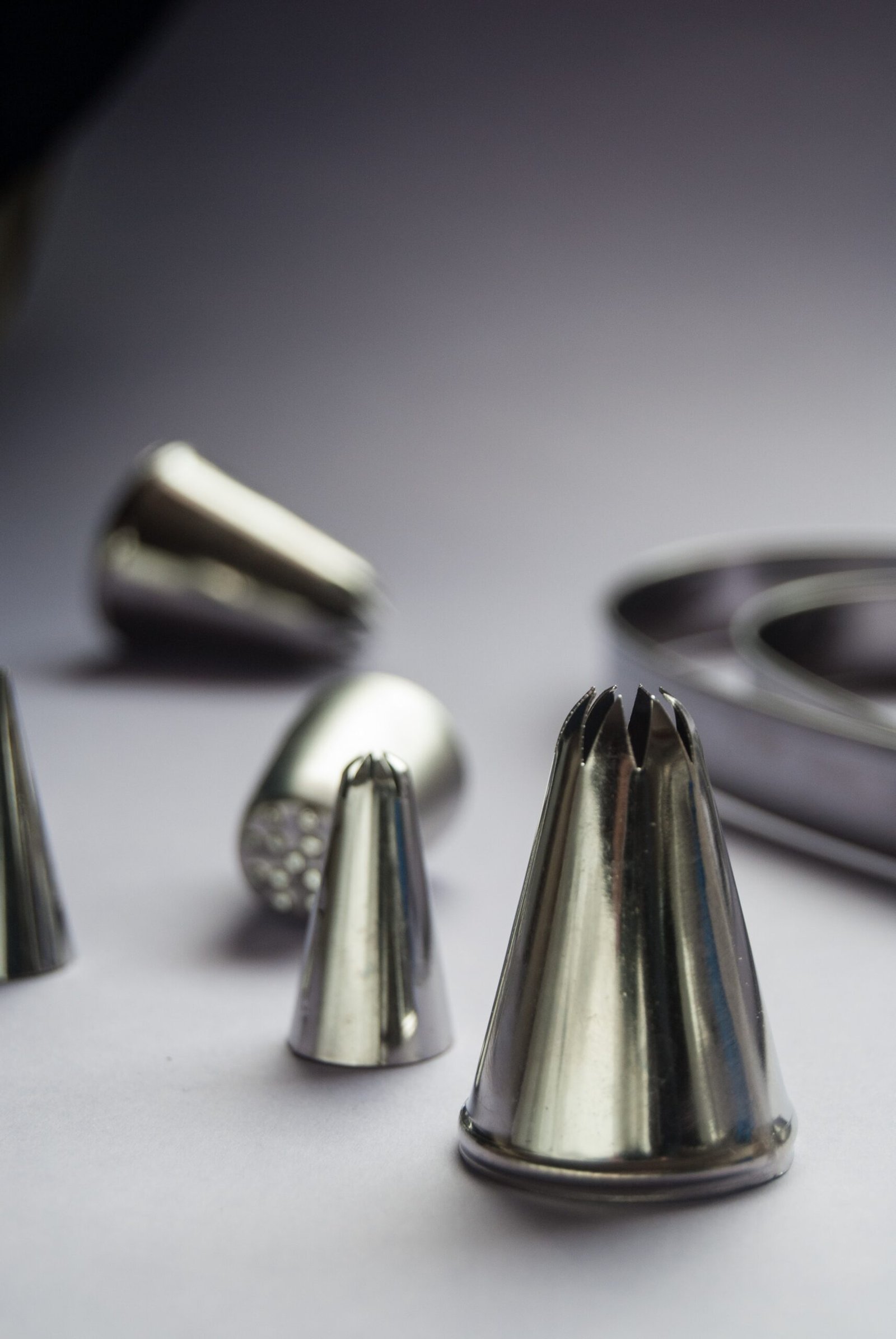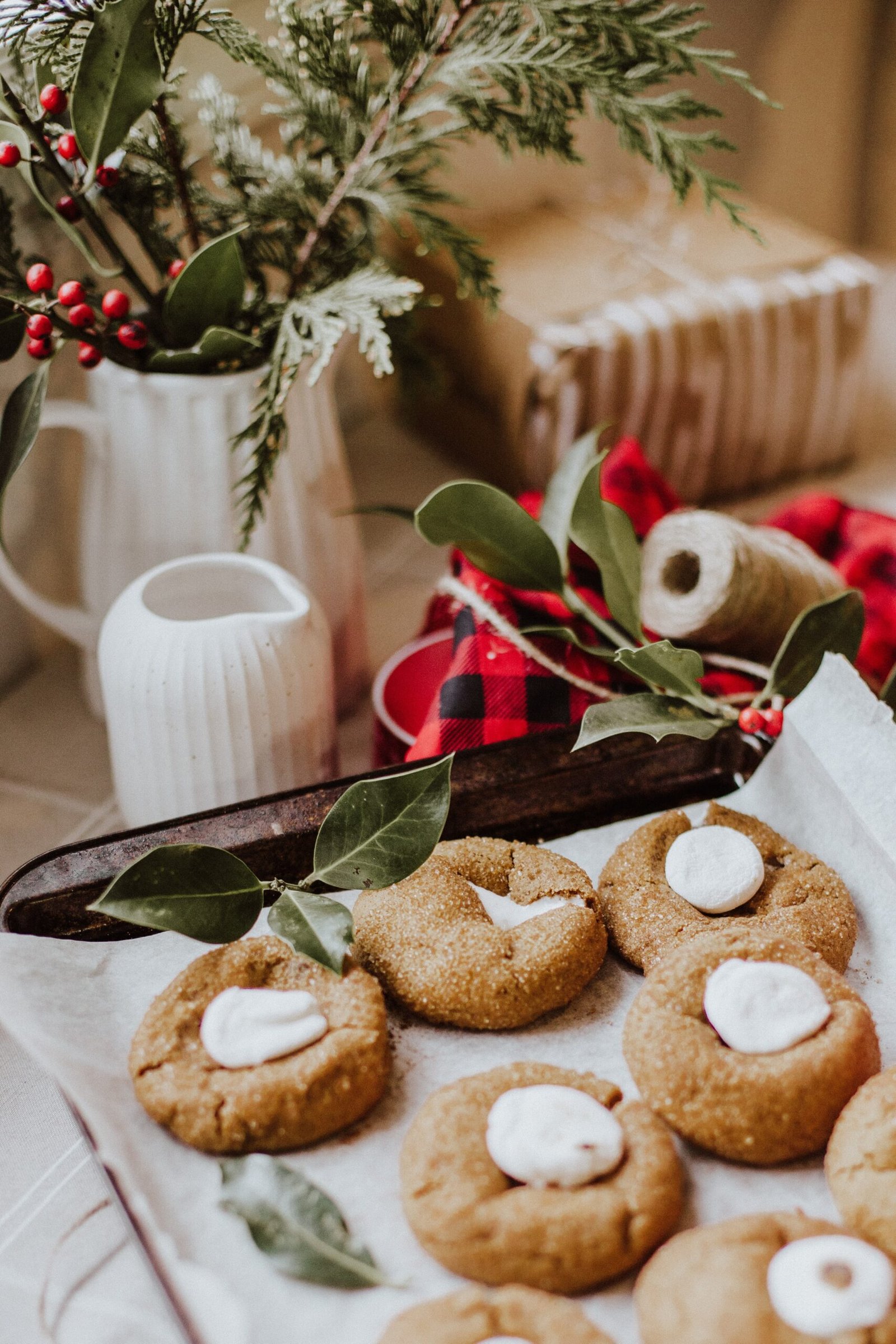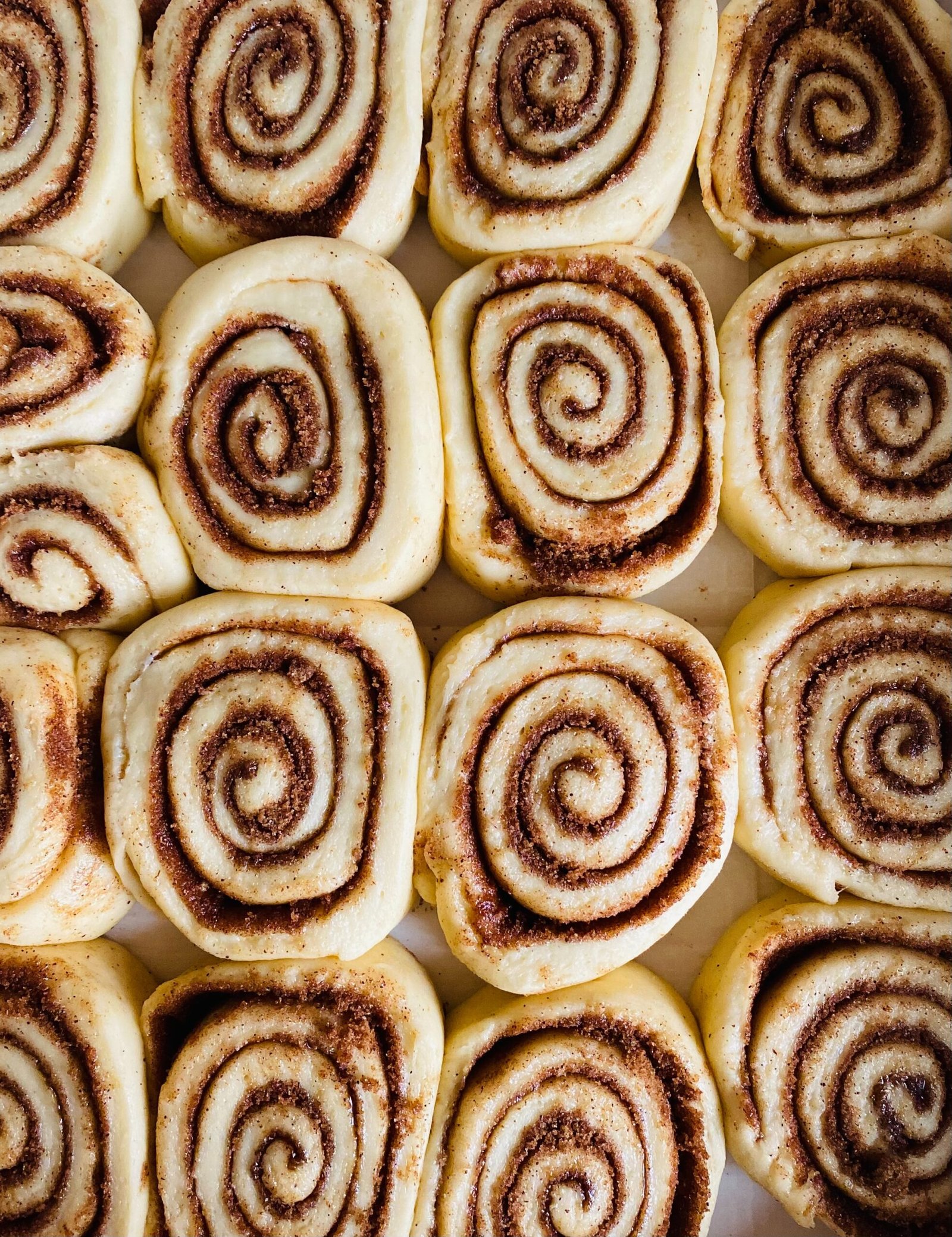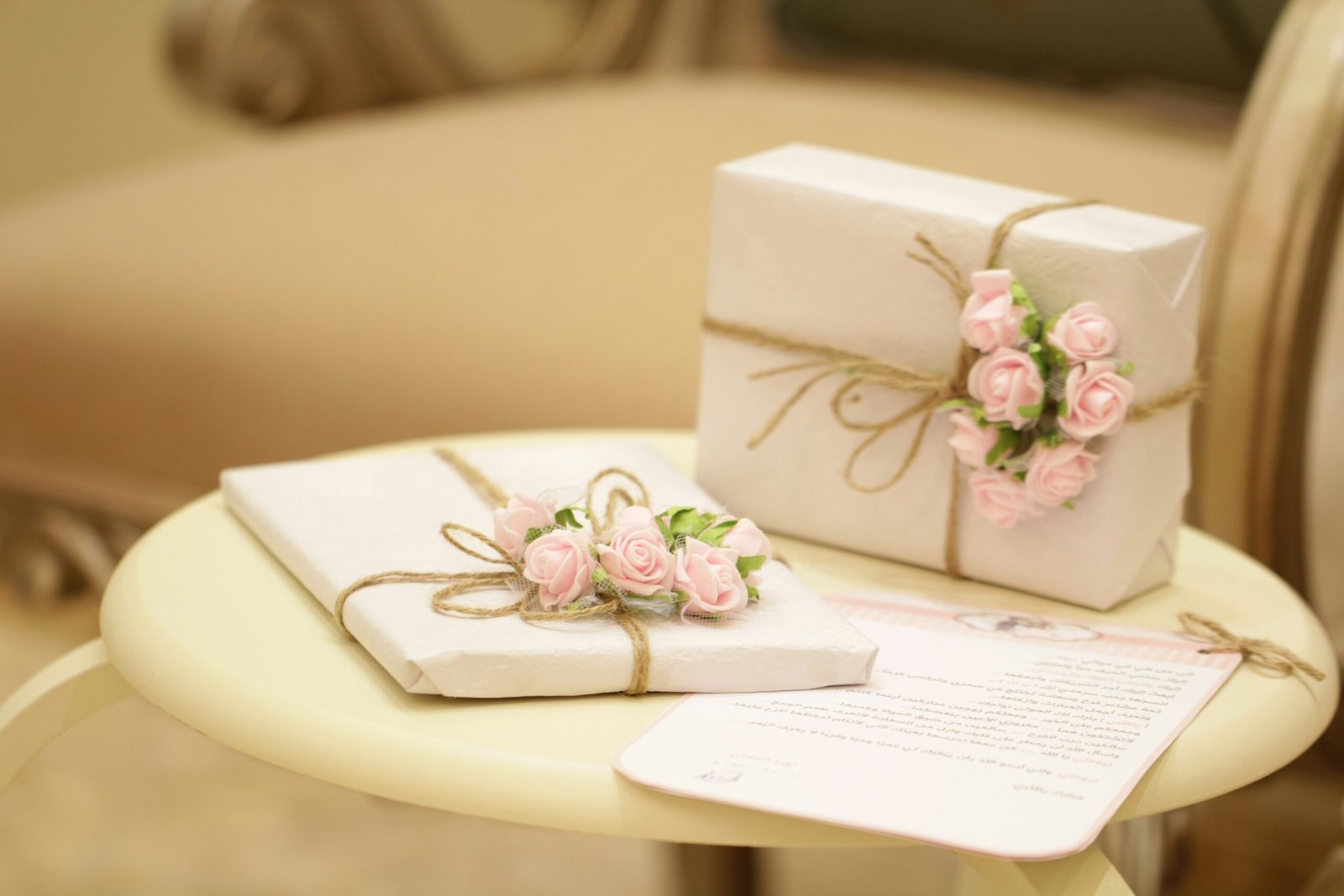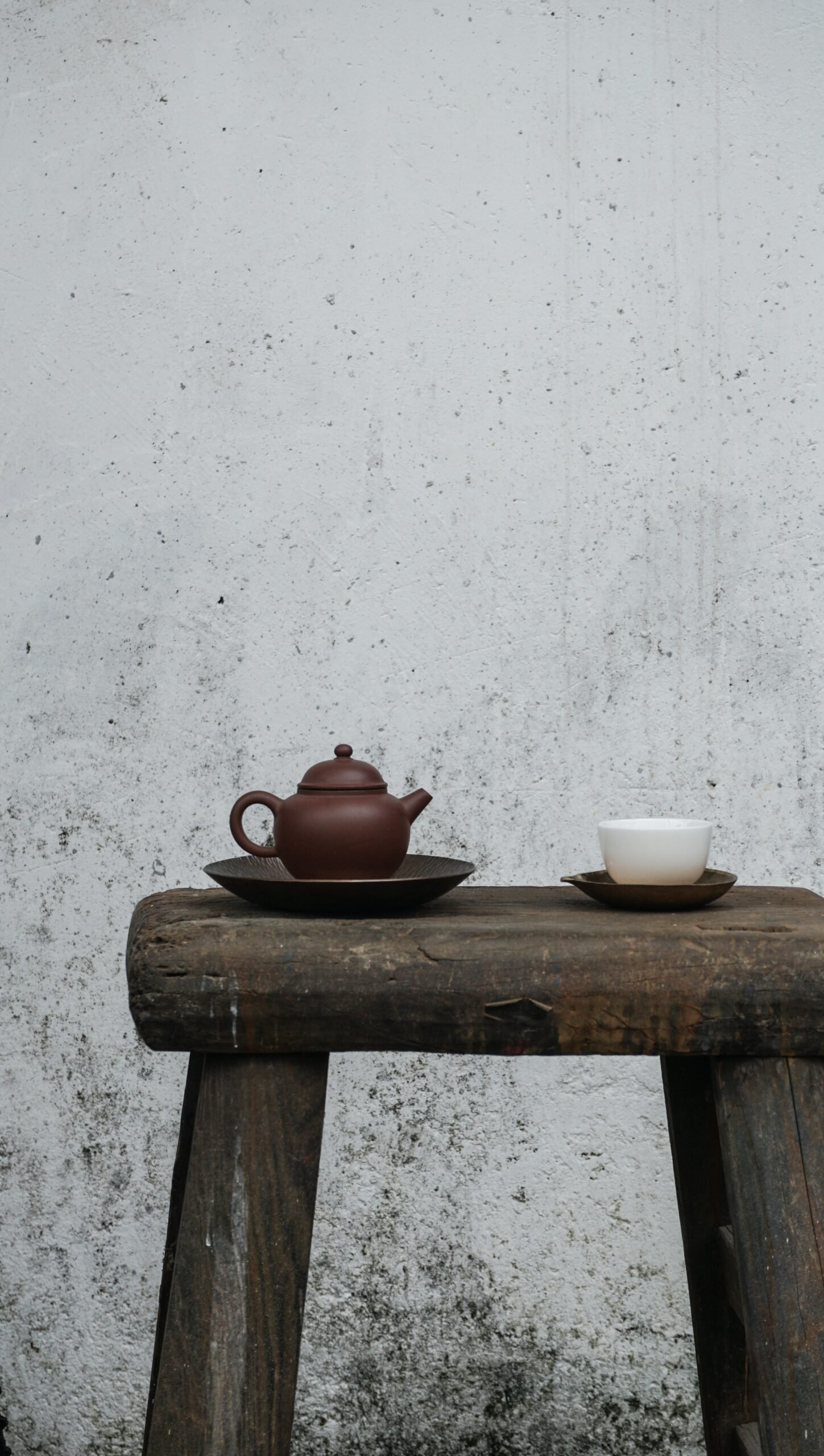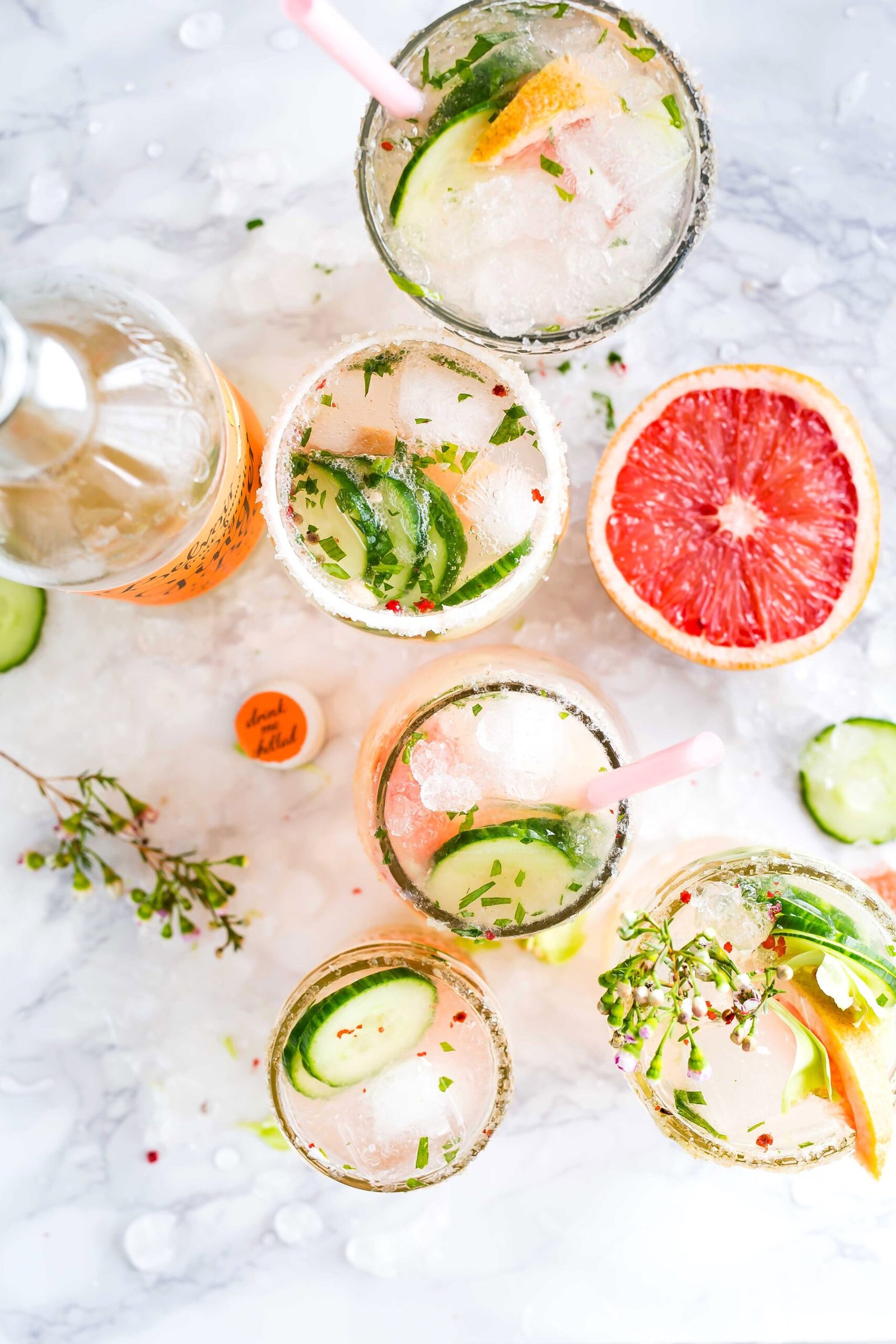Summary:
Discovering how many ounces are in a cup is a fundamental aspect of cooking and baking. In this comprehensive guide, we will explore the conversion between cups and ounces, provide practical examples, and offer valuable tips for precise measurements. Whether you’re a seasoned chef or a novice in the kitchen, this article will equip you with the knowledge you need to confidently navigate recipes and create delicious meals.
Introduction:
Have you ever found yourself in the middle of a recipe, only to realize that you’re unsure about the conversion between cups and ounces? It’s a common dilemma that can lead to inaccurate measurements and disappointing outcomes. But fear not! We’re here to demystify this culinary conundrum and empower you with the information you need to succeed.
Imagine this scenario: you’re preparing a family dinner and the recipe calls for 2 cups of flour. You reach for your measuring cup, but then you wonder, “How many ounces is that?” Understanding the answer to this question can make all the difference between a perfectly moist cake and a dry, crumbly disaster.
Understanding the Conversion:
In the United States, a standard cup measurement is equivalent to 8 fluid ounces. However, when it comes to dry ingredients, such as flour or sugar, the weight may vary. To ensure accuracy, it’s essential to differentiate between fluid ounces and ounces by weight.
When measuring liquids, such as water or milk, 1 cup is equal to 8 fluid ounces. This conversion remains consistent across recipes and is essential for maintaining the proper balance of ingredients.
On the other hand, when measuring dry ingredients, the weight can vary depending on factors such as humidity and the type of ingredient. For example, 1 cup of all-purpose flour typically weighs around 4.5 ounces, while 1 cup of granulated sugar weighs approximately 7 ounces.
It’s important to note that these measurements are not universal. In some countries, such as Canada and the United Kingdom, the standard cup measurement is slightly different. Therefore, if you’re using a recipe from a different region, it’s crucial to double-check the conversions.
Examples:
Let’s take a closer look at some practical examples to illustrate the conversion between cups and ounces:
- If a recipe calls for 1 cup of milk, you will need 8 fluid ounces.
- When a recipe requires 2 cups of all-purpose flour, you should measure approximately 9 ounces.
- For 1 cup of granulated sugar, you’ll need around 7 ounces.
- If a recipe calls for 3 cups of water, you’ll need 24 fluid ounces.
Tips for Accurate Measurements:
Now that you understand the conversion between cups and ounces, let’s explore some essential tips to ensure precise measurements:
- Use standard measuring cups: Invest in a set of reliable measuring cups specifically designed for dry and liquid ingredients. Avoid using regular drinking cups, as they may not provide accurate measurements.
- Level off dry ingredients: When measuring dry ingredients, such as flour or sugar, use a straight edge, such as the back of a knife, to level off the excess and achieve an accurate measurement.
- Read the recipe carefully: Pay close attention to the specific measurement requirements in the recipe. Some recipes may call for ingredients to be measured by weight rather than volume.
- Consider investing in a kitchen scale: For precise measurements, especially when baking, a kitchen scale can be a valuable tool. It allows you to measure ingredients by weight, ensuring consistency and accuracy.
- Practice makes perfect: Experiment with different recipes and measurements to become familiar with the conversion between cups and ounces. Over time, you’ll develop a better understanding of how different ingredients behave.
FAQ:
Here are some frequently asked questions about the conversion between cups and ounces:
- Q: How many ounces are in a half-cup?
A: A half-cup is equal to 4 fluid ounces or approximately 4.5 ounces by weight, depending on the ingredient. - Q: How do I convert ounces to cups?
A: To convert ounces to cups, divide the number of ounces by 8. For example, 16 ounces would be equal to 2 cups. - Q: Can I use a liquid measuring cup for dry ingredients?
A: While it’s not ideal, you can use a liquid measuring cup for dry ingredients in a pinch. However, be sure to level off the excess and avoid compacting the ingredient. - Q: What if I don’t have a measuring cup?
A: If you don’t have a measuring cup, you can use common household items as a substitute. For example, 1 cup is approximately the size of a tennis ball or a standard coffee mug. - Q: Are metric measurements more accurate?
A: Metric measurements, such as grams and milliliters, are often more precise than cups and ounces. If you’re looking for the utmost accuracy, consider using a kitchen scale and measuring in grams.
Tips:
Here are some additional tips to enhance your cooking and baking experience:
- Experiment with different recipes and measurements to discover your personal preferences.
- Keep a conversion chart handy for quick reference.
- When in doubt, double-check the recipe or consult a reliable cooking resource.
Now that you’re equipped with the knowledge of how many ounces are in a cup, it’s time to unleash your culinary creativity. Embrace the joy of cooking, and remember, precise measurements are the secret ingredient to success!
Call to Action:
Ready to take your culinary skills to the next level? Explore our collection of delicious recipes and start creating mouthwatering dishes today. Don’t let measurements hold you back – with the right knowledge, the possibilities are endless!

